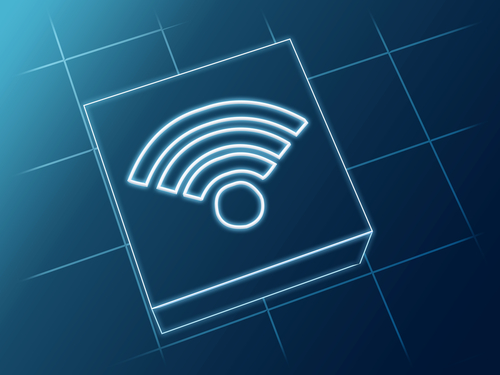

Researchers from the University of Thessaly and Centre for Research and Technology Hellas in Greece have established that the energy consumption of 802.11n wireless protocol is up to 75 percent lower than that of the older standards, thanks to innovative ‘frame aggregation’ mechanisms.
Frame aggregation is a feature of the 802.11e and 802.11n wireless LAN standards that increases throughput by sending two or more data frames in a single transmission. It turns out that besides improving network performance, it can also cut down on energy use.
Making Wi-Fi networks more energy efficient will be important as tens of billions of devices connect to the Internet during the next decade. According to some sources, by 2015, access networks around the world will consume ten times more power than datacentres.
The first version of the 802.11 wireless network standard was launched way back in 1997. Since then, we’ve seen the introduction of 802.11b, 802.11a, 802.11g and 802.11n protocols, constantly improving data throughput and reliability. However, all of them use the same Media Access Control (MAC) architecture.
The case is different with 802.11n, which features two types of frame aggregation: MAC Service Data Unit (MSDU) aggregation and MAC Protocol Data Unit (MPDU) aggregation. To find out whether these measures have an impact on energy efficiency, the researchers set up an experiment in which they compared the older 802.11a/g networks to 802.11n in order to calculate energy consumption per bit.
According to the results, with A-MPDU aggregation active, the energy consumption per transmitted bit is 75 percent lower than without aggregation.
In April 2013, University Of Melbourne’s Centre for Energy Efficient Telecommunications published a white paper in which it predicted that by 2015, ‘wireless cloud’ will consume 460 percent more energy than in 2012. It said that up to 90 percent of this consumption will be attributable to wireless access network technologies, and just 9 percent to data centres.
“Our detailed findings can act as a benchmark for researchers pursuing energy efficient operation of wireless protocols,” said the researchers from Greece.
Do you know the secrets of Wi-Fi? Take our quiz!
Nvidia to partner with TSMC, Foxconn, Wistron, Amkor and SPIL to build $500 billion (£377…
American think tank warns about possible threat to US defence, after China imposes rare earth…
China is reportedly pursuing three alleged US NSA operatives, after cyberattacks on Chinese infrastructure
Chip making giant ASML mirrors other equipment makers, and outlines financial impact of Donald Trump's…
AI is transforming cybersecurity, offering faster defence and smarter attacks. Learn how businesses can harness…
Search engine giant being sued for £5 billion ($6.64 billion) damages over allegations for online…